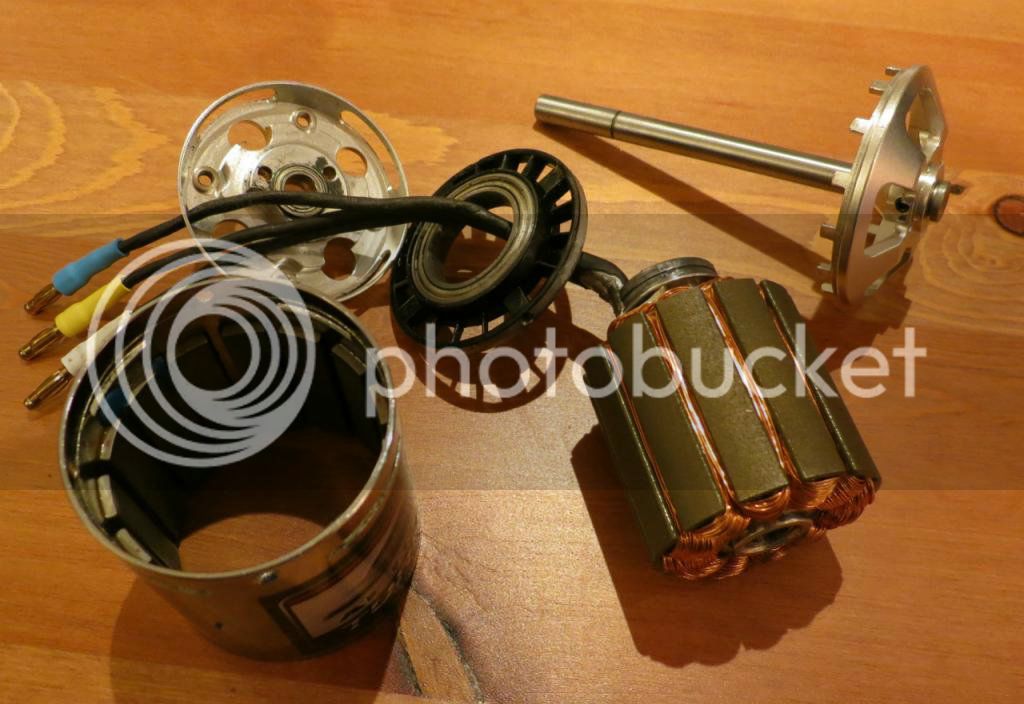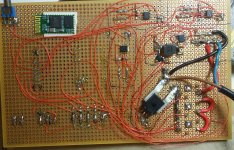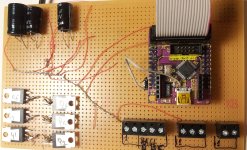walls99 said:
Since the current must be measured before the power capacitor, I connected one side of the current sensor to the controller/motor GND and the other to the power capacitor GND and battery GND. Under high current the motor/controller GND will be few 100mV above the battery GND, so the logic GND needs to be connected to controller/motor GND.
Ok, I just did that, thanks. Here pictures and video: http://smartebike.likesyou.org/doku.php/prototype_2
1. Can I archive and make available for download your schematic/source files and your firmware assembly file? Because I plan to archive and make for download all the files for my prototype V2 which is almost equal to yours (mainly difference is the microcontroller, firmware in C and no BEMF circuit).
2. IR2181 have the "special" capacitor for driving the high side and this may be a limitation in some aspects. Do you have any suggestions for PWM being done on HI or LO side mosfets? How are you doing?
3. Your current control (ADC read processing) is done at which rate? does it have high priority (if using interrupts)?
4. I hope to soon start thinking on my prototype V3 which I plan to be a PCB. I am also thinking on 2 modules as you did and I would like to ask you the logic behind your 2 boards. I would to have a modular system, with possibilities for better mosfets/more power and different voltages. I am still to define the circuit parts that changes with this and the ones that keeps constant.
And my video recorded just now (25.12.2012):
[youtube]trihb86_mnw[/youtube]
There are some problems with high duty_cycle value... I see the power supply cutting the power...





